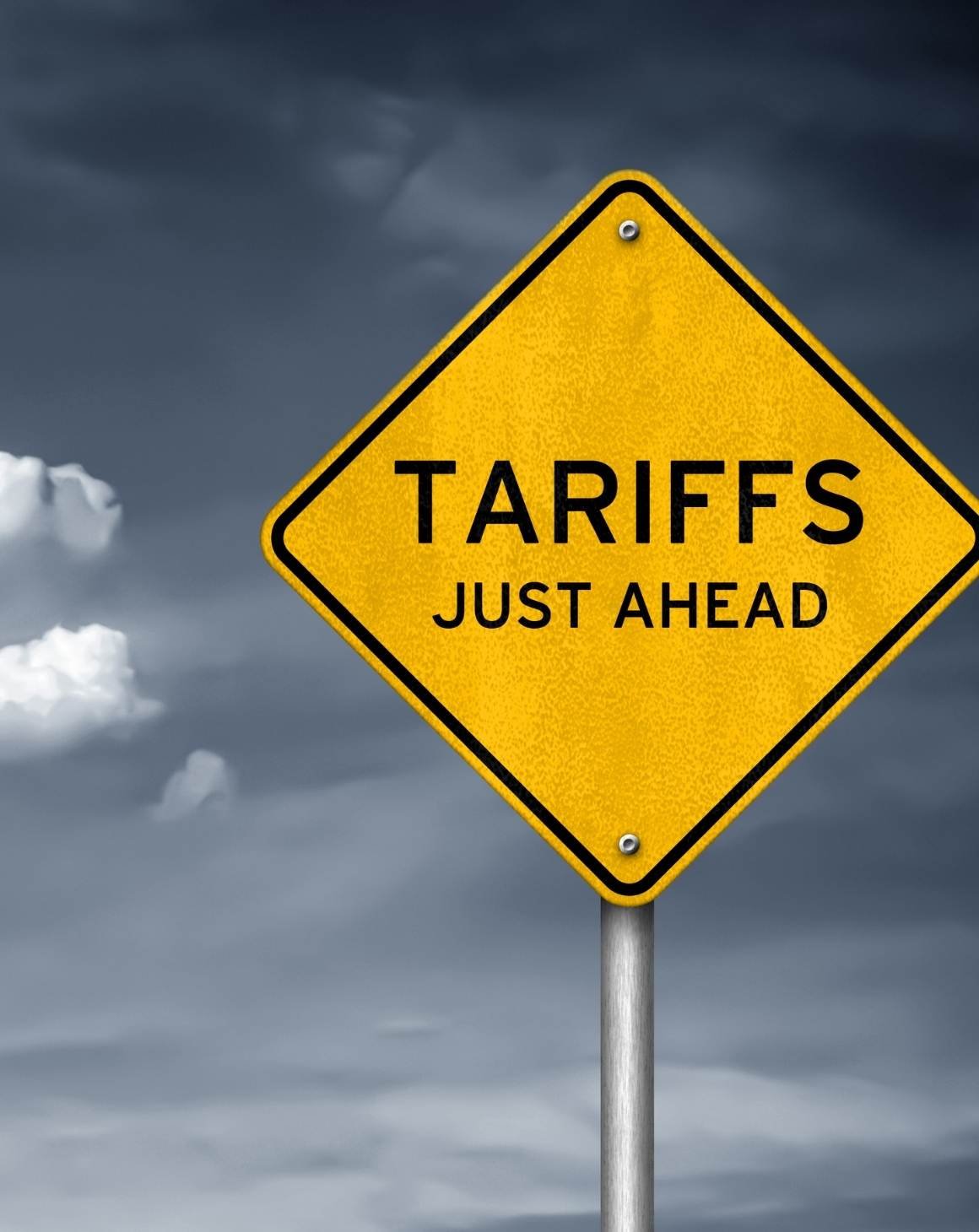Appearing at the top of the Amazon search engine results page (SERP) is the number one goal for many brands selling on the marketplace.
Many brands enact strategies to take over the SERP for a specific keyword, while others utilize Search Term Isolation to avoid wasted spend and put money behind keywords that convert. But the goal is the same — to appear on the SERP through organic rank and advertising.
Creating Amazon content that sells is no small feat, but it’s well worth putting time and money into. Your product listing content affects your Amazon PPC conversions, but it also affects your organic ranking. While their search algorithm is relatively unknown, it’s nearly certain that your product listing content impacts your Amazon SEO.
Our Amazon team here at Blue Wheel has compiled some of their insights on how your product listing content impacts your Amazon SEO. Read on to discover more about how to improve your product listing content.
How the Amazon Algorithm Works
Like any search algorithm, no one is really sure exactly how the Amazon algorithm works. However, with enough experience and research, we can form a basic idea of what informs the algorithm.
It’s widely known that Amazon is extremely customer-centric — so much so that their search algorithm is partially organized by which products have a high amount of positive reviews and are popular sellers.
Amazon has never confirmed this, but many savvy sellers have noticed that your advertising can also affect your organic SEO. While there’s certainly no direct connection, at the very least, advertising your products gives them more exposure, which will result in more purchases, which results in more reviews, which is great for your organic ranking.
Last, but certainly not least, your product listing content impacts your Amazon SEO. Arguably, this is the most important factor in your organic ranking on the SERP.
Product Listing Content and SEO
It seems obvious, but the content in your product listing has a direct impact on your Amazon SEO. While most tend to focus on Amazon advertising over organic SEO, it’s still an important part of your holistic Amazon marketing strategy.
Titles
Your title, obviously, plays a huge role in your organic ranking. Writing a title that is descriptive and contains relevant keywords is a fine art that many ignore. Include selling points for your product that back up your relevant keywords. Additionally, researching your competitors is a great way to find relevant keywords that seem to be converting well.
For example, if you are selling a shampoo formulated for blonde hair, you would want to make sure to include words and phrases like “blonde,” “shampoo,” “purple shampoo,” etc. Including the size of the bottle, your brand name, and any other relevant features (cruelty-free, SLS free, etc.) is pertinent as well.
Bullets
Bullet points are the first — and sometimes only — thing people read on your product detail page. More than converting viewers, however, this section also informs your SEO ranking based on the keywords you’ve included.
Like any SEO rule on or off Amazon, it’s important not to keyword stuff, especially in your bullet points. They should be clear, concise, and easily scannable. Don’t fall into the temptation to just list adjectives or nouns that describe your product. Make it relevant to the customer while still including necessary keywords.
Description
Your product description, located farther down on the product detail page, is another chance for you to include relevant keywords and phrases without overdoing it. The nature of this section allows you to go into more detail than your bullet points, which means the opportunity for more keywords!
Still, this section should be easy to read and should seem like it was written by a human, not a robot. Include relevant details about your product that will convert users who are either looking for more specific information before purchasing or aren’t convinced your product is the best option for them.
Backend Keywords
Backend keywords are incredibly important to your Amazon SEO, since they help Amazon’s algorithm determine what your product is and how it should be categorized. These keywords should directly relate to your product — in other words, don’t stuff with random, unrelated keywords.
Your backend keywords aren’t customer facing, so you don’t need to worry about making anything sound fancy. Simply enter your keywords for each ASIN and you’re done!
Images
You might not think that images have a huge impact on your Amazon SEO, but following best practices only helps your SERP placement overall. So, while the images are not the most important part of your optimization, you should still follow the basic guidelines.
You should have at least 7 images for each of your ASINs. Obviously, you need to have your classic white background images, but you can also include mockups, lifestyle images, and product explanations. Images are one of the first things viewers see on the SERP and your Product Detail Page, so make sure they’re high quality and informative.
A+ Content
The last bit of content on your Product Detail Page is A+ Content — the designed images that further detail your product. However, this portion of the page does not impact your Amazon SEO. Because there is no text content here, only images, it does not count towards your page’s SEO.
Still, you should absolutely have high-quality A+ content on every Product Detail Page. While it won’t impact your SEO, it will help convert viewers into customers by informing them about your brand and product.
Want help improving your product listing and Amazon SEO? Reach out to Blue Wheel today.








.png)
.png)
